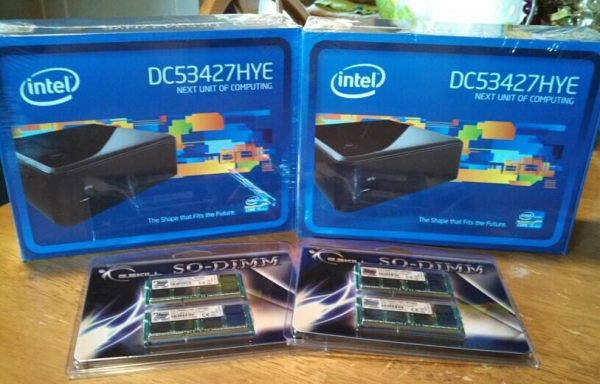Synology patches GHOST vulnerability with DSM 5.1-5022 Update 2
Synology released an important DSM update that fixes GHOST glibc vulnerability as well as several other PHP vulnerabilities, with DSM 5.1-5022 Update 2.
Fixed Issues in DSM 5.1-5022 Update 2
- Implemented fixes related to the GHOST vulnerability (CVE-2015-0235).
- Upgraded PHP to 5.5.21 to address multiple vulnerabilities (CVE-2015-0231, CVE-2014-9427, and CVE-2015-0232).
Read More “Synology patches GHOST vulnerability with DSM 5.1-5022 Update 2”


